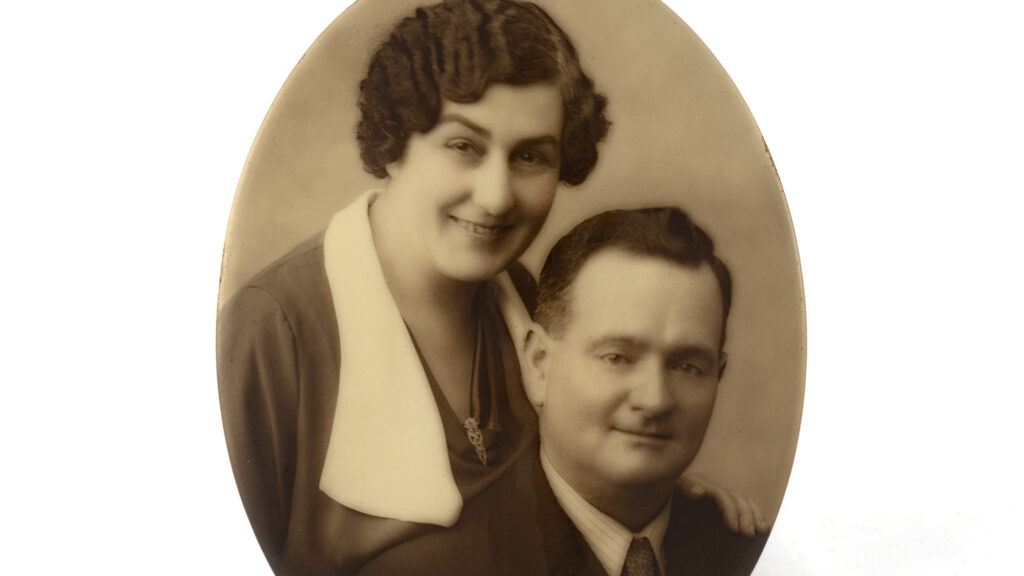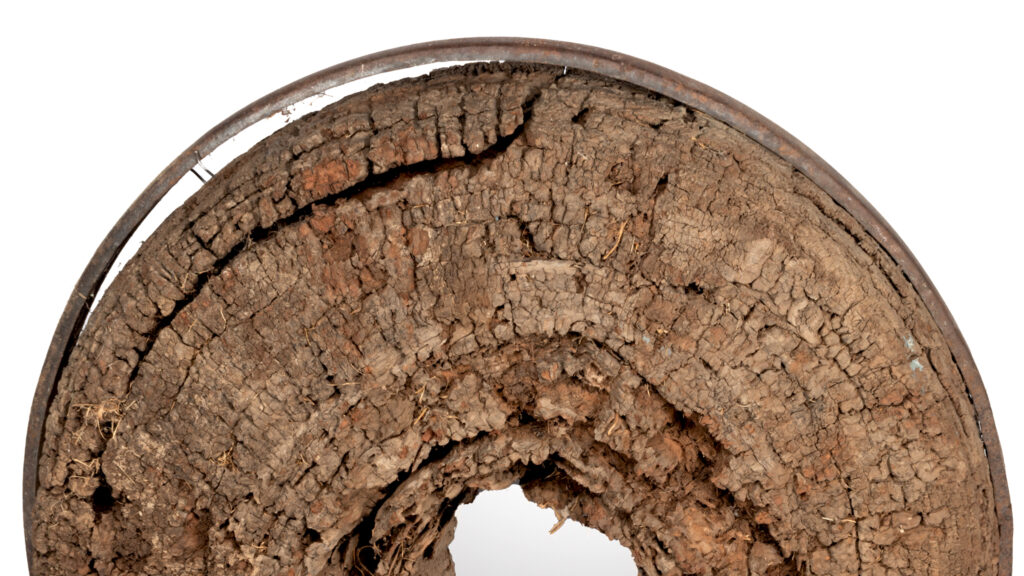
Established by one of Wee Waa’s earliest settler families in 1881, Schwager’s Sawmill grew to become one of the biggest businesses in town. Before the proliferation of the automobile, horse-drawn wagons with wheels cut from Ironbark trees wound their way through the lands of the Kamillaroi peoples, hauling logs from Pilliga Forest to Schwager’s Sawmill. […]
Read More…
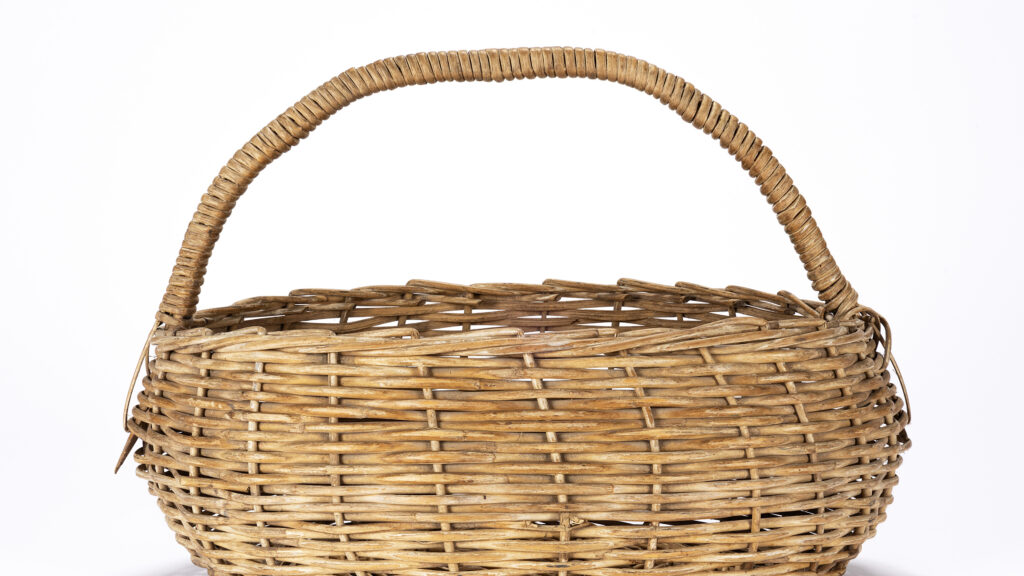
Born five years after the first World War (1914-1918), Lil Jordan had already travelled through childhood and adolescence, married and had her first child by the time she came to live in Iluka with her husband Jim in the late-1940s. With the strains of WWII (1939-1945) having slowly eased, optimistic times were returning. Lil had […]
Read More…
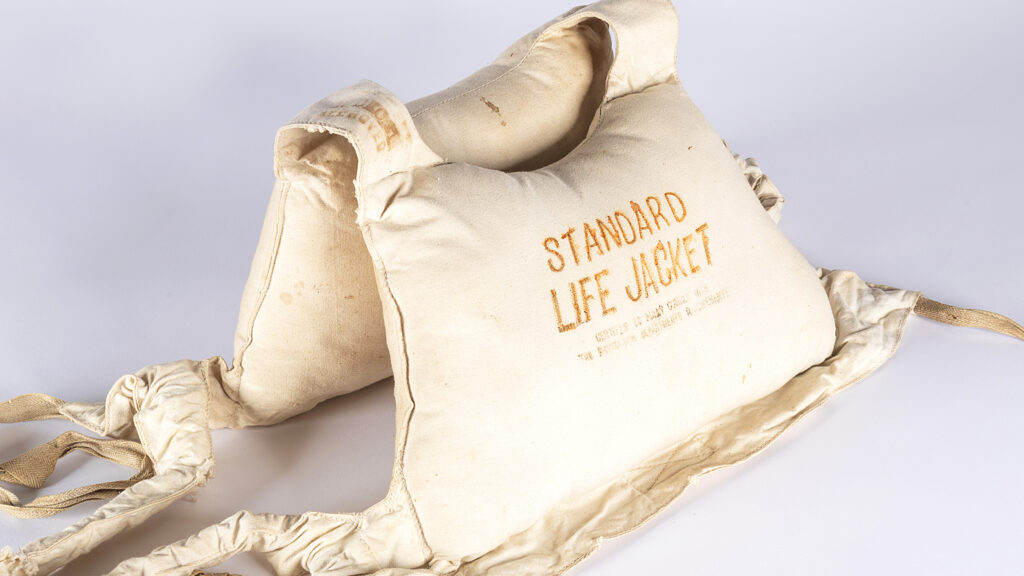
From the late-1900s the small settler community at Iluka promoted the village as an idyllic spot, to locals and other leisure seekers. The earliest holiday accommodation provided was at John Rush’s North Head Hotel, built in 1874. By 1916 the Hotel underwent an upgrade to meet expanded demand for either the weekend get-away, or a […]
Read More…
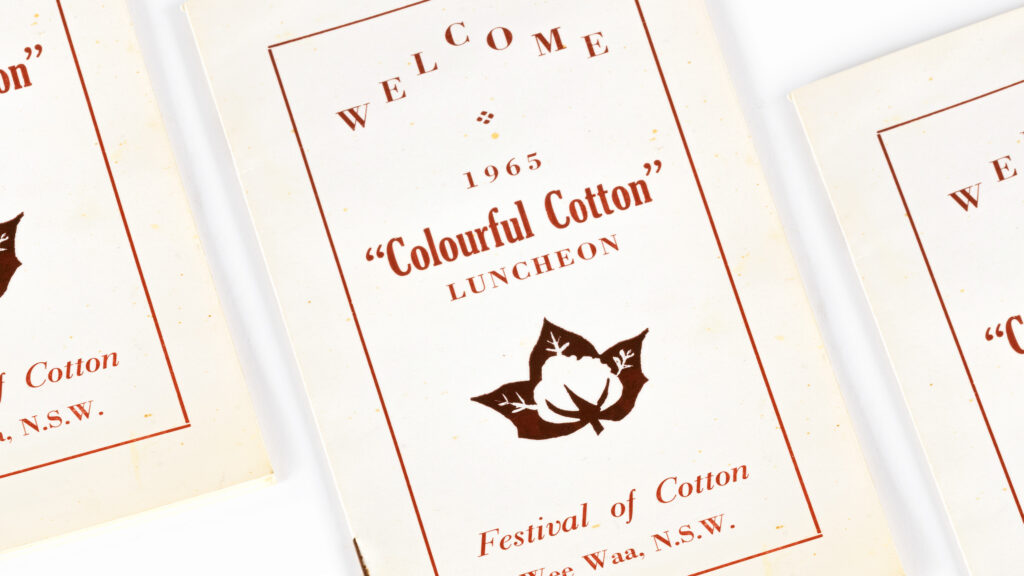
In 1961, frustrated with taxes and regulations in the United States, cotton growers Paul Kahl and Frank Hadley migrated with their families to Wee Waa on a hunch. Their arrival proved unexpectedly challenging for all concerned, the locals were wary of the pace and practices of the blow-ins, and the Americans struggled to get to […]
Read More…
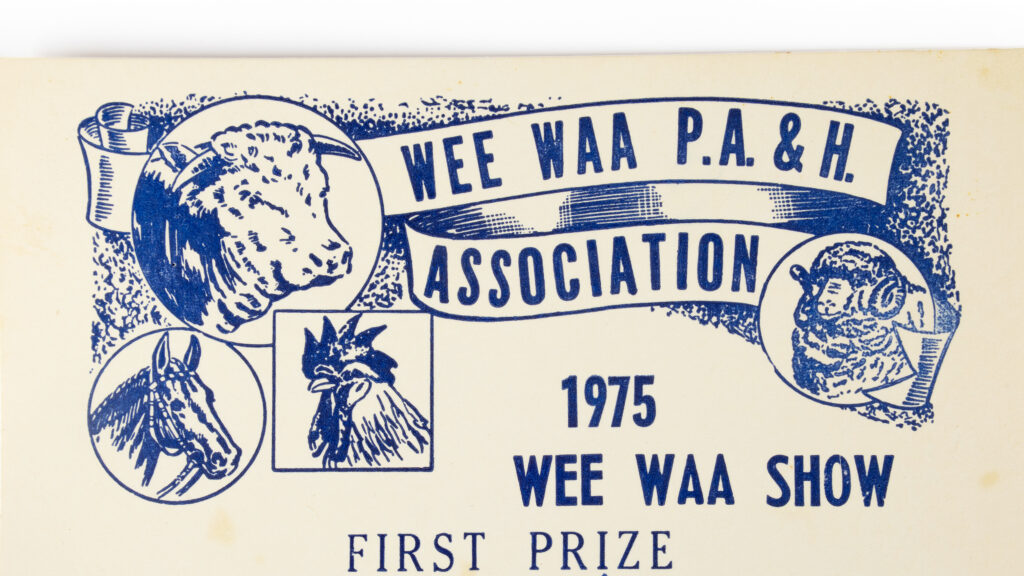
A staple of Indian cuisine for millennia, chutney had dramatically transformed by the time it made its way into Phylis Maunder’s kitchen in Wee Waa. The word ‘chutney’ comes from the Indian ‘chatni’ (sometimes spelt chutni), which means ‘to be licked.’ When the British staff of the East India Company (EIC) tasted chatni in the […]
Read More…

After initially taking time to breed sheep suited to the climate, the colony’s graziers had, by the 1840s, successfully crossbred merinos that met the British Empire’s relentless demand for high-quality wool. By the late 1800s, flock sizes had increased dramatically, and shearing sheds were hives of activity. Graziers introduced mechanised shearing to enhance productivity and […]
Read More…
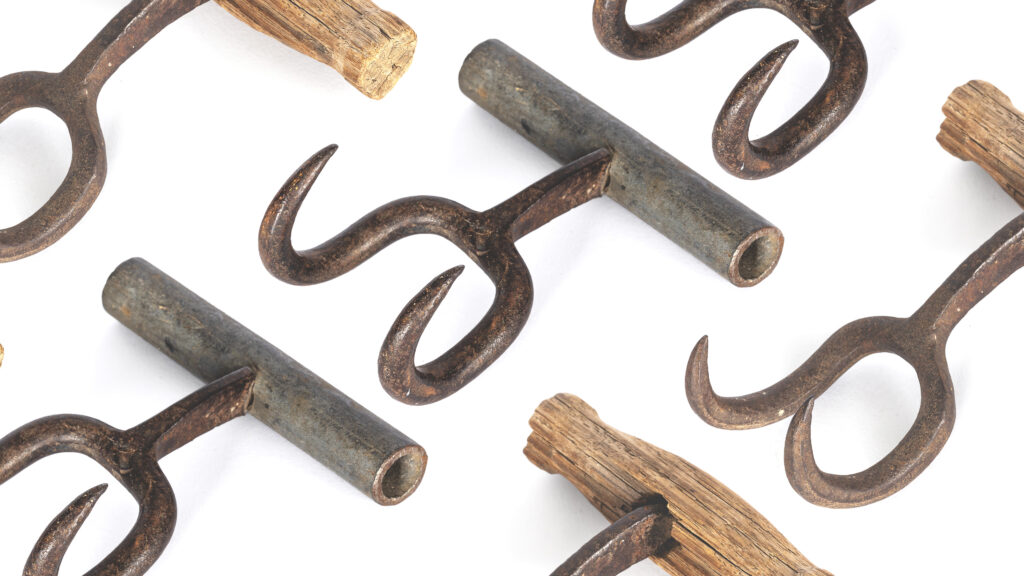
In the late 19th and early 20th century, as the availability of workers for labour-intensive farming increased, the planting of wheat and other grains became more prevalent. When the season for reaping came around, agricultural workers packed wheat, maize (corn), and other grains into jute sacks, usually imported from India. Handling the bags, which weighed […]
Read More…
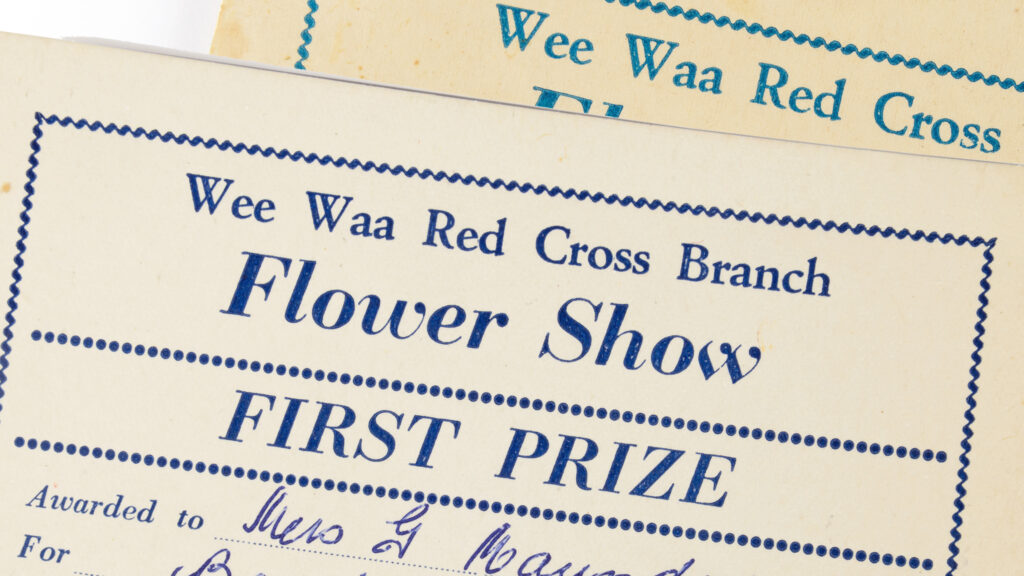
Flower shows have their roots in 17th and 18th century Britain, where they began as competitions among florists. Back then, florists weren’t the artful flower arrangers we know today; they were avid gardeners experimenting with breeding new flower varieties. A handful of plants (the readily mutating Sweet Pea (Lathyrus odoratus) included) became known as ‘florist’s […]
Read More…
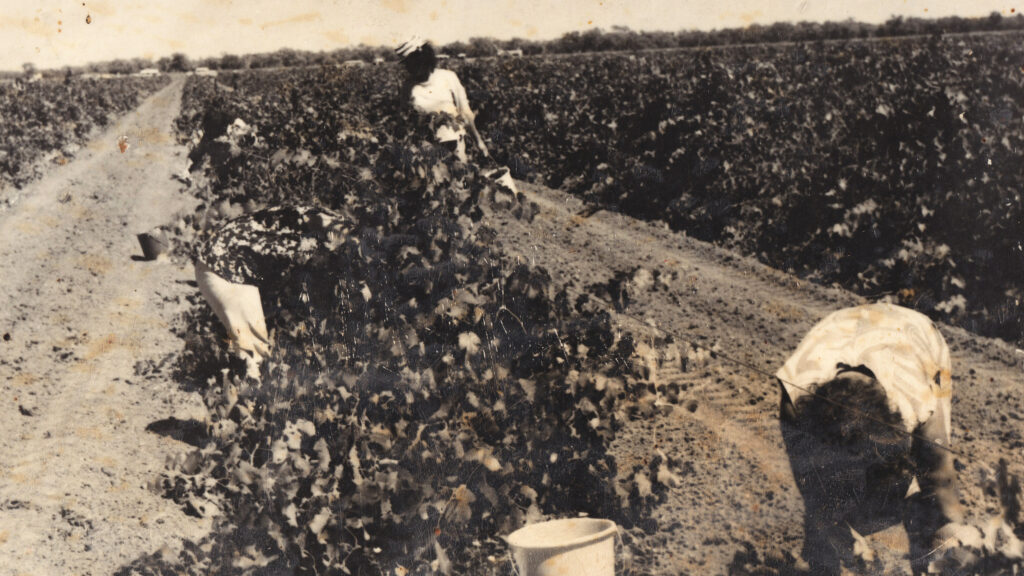
The crowning of cotton as king in the Namoi is widely credited to two Americans who arrived in the 1960s, but cotton was first discussed as a crop with potential forty years earlier. In 1921, the Imperial Cotton Committee investigated the land around the Namoi River. When nothing resulted following the visit, there were calls […]
Read More…





